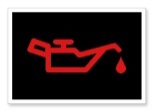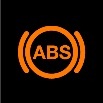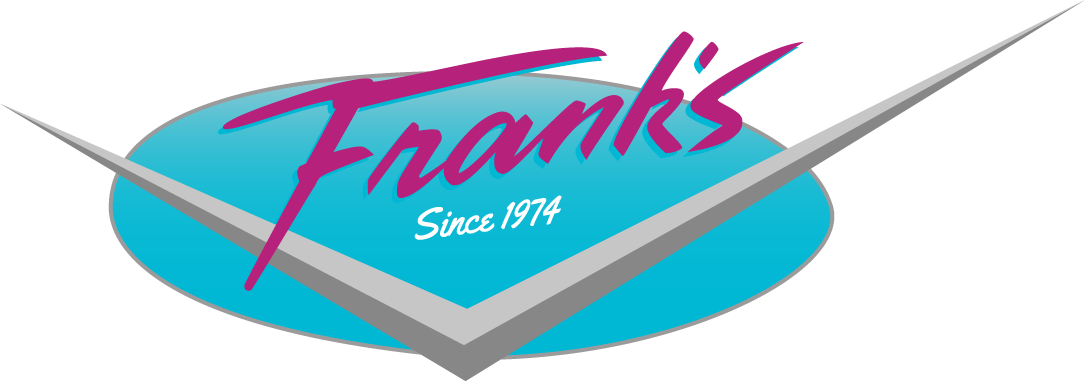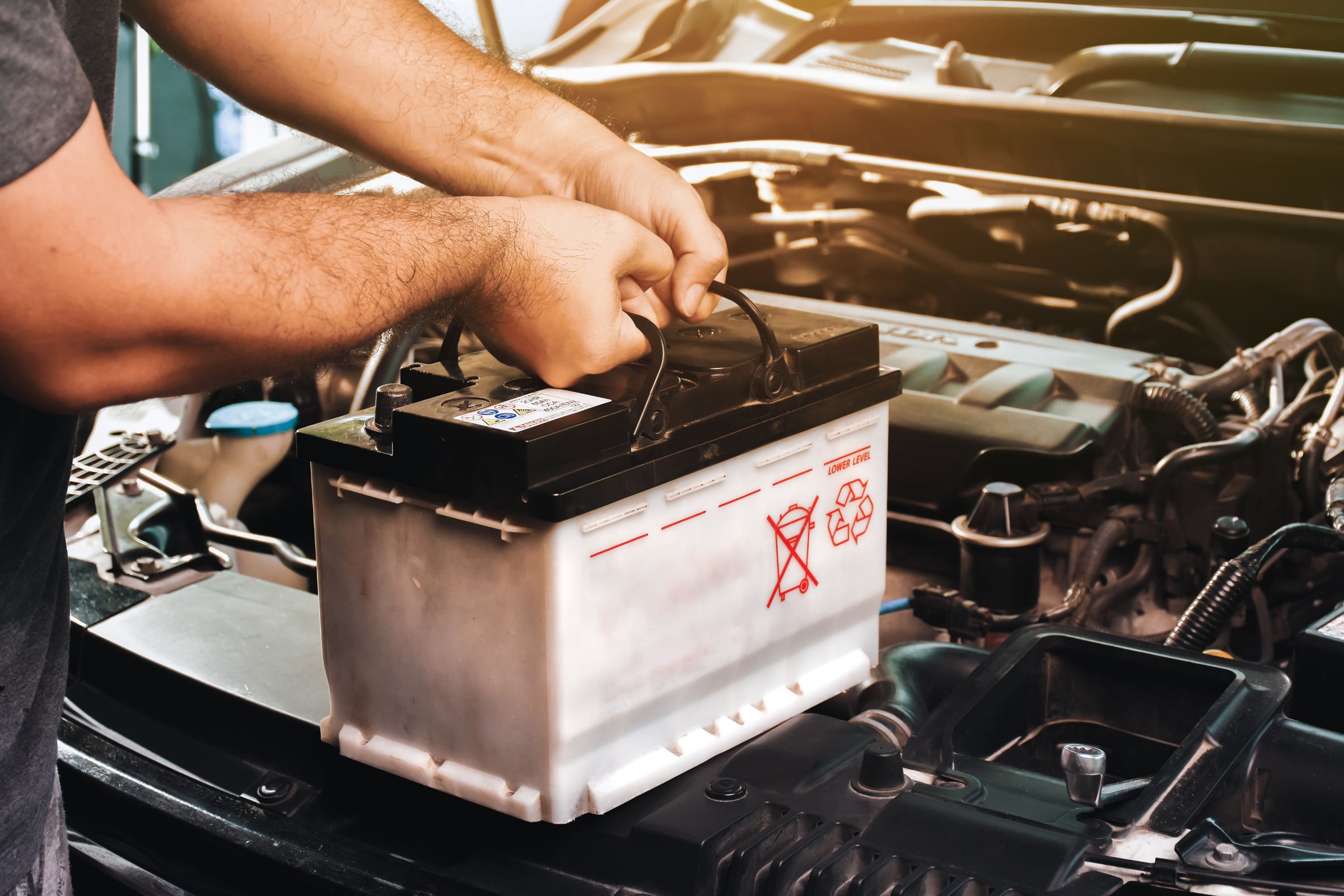When your car starts acting up, it's easy to assume it's a mechanical issue—but many…
Dashboard Light Definitions
Check Engine Light Specialists. Franks Auto Repair, NJ.
What do These Dashboard Lights Mean?
 For most motorists, a check engine light coming on is a frustrating & confusing indication light. The check engine light is indicative of a host of malfunctions. Below are the most common causes of the light coming on.
For most motorists, a check engine light coming on is a frustrating & confusing indication light. The check engine light is indicative of a host of malfunctions. Below are the most common causes of the light coming on.
- Oxygen sensor – its main function is to monitor how much fuel is burned. A faulty sensor will send incorrect data to the computer. This, in turn, reduces your gas mileage. Cars range in having anywhere from 2-4 oxygen sensors; however, not all of them usually go bad at once.
- Faulty or loose gas cap – this can cause fuel vapor to leak out and set off the light. Make sure the gas cap is securely tightened. If you notice the light coming on right after you have gotten gas, this may be the problem.
- Bad catalytic converter – the catalytic converter’s job is to reduce exhaust gases. If this part fails, you will notice a decrease in gas mileage, or you may lose power when accelerating. This should be replaced as soon as possible.
- Mass air flow sensor – this sensor tells the car’s computer how much fuel to add based on the air coming in through the engine. A faulty sensor can cause the car to stall, as well as decrease gas mileage. Make sure your air filter is changed regularly (at least once/year) to prevent this sensor from failing.
- Spark plugs and wires – bad plugs can cause misfires; you may feel a jolt in acceleration when this happens. These can be replaced as part of your scheduled maintenance to prevent failure.
 Oil Light
Oil Light
Do Not Ignore It!! This light indicates your engine has dangerously low oil pressure (it may be leaking or burning oil) or the oil pressure sending unit that triggers the warning light has failed. Do Not Keep Driving! Let engine sit and check oil level. Add oil if it’s low and have the car checked immediately.
 Tempature Light
Tempature Light
When this light comes on, your engine is overheating. Do Not Keep Driving! If you continue to drive, you can cause serious engine damage. There is a problem with the cooling system of your car.
 Abs Light – (Anti-Lock Break System)
Abs Light – (Anti-Lock Break System)
If this light comes on, it means there is a fault with the ABS system in the car. It means the car has failed it’s self-diagnosis test. There may be some metal shavings or dirt on the sensors, or you may have a faulty sensor. Definitely have it checked by a qualified technician.
 Tire Pressure Monitoring System (TPMS)
Tire Pressure Monitoring System (TPMS)
A tire pressure monitoring system (TPMS) is an electronic system on a vehicle that monitors the air pressure in the tires with sensors. Starting with all 2008 model year vehicles, a TPMS is required by the federal government. The warning light symbol looks like a cross section of a vehicle tire with an exclamation point in it.
The TPMS warning light should come on for approximately one second when the ignition is first turned on. This is for a bulb check. After this initial illumination, it should go out if all of the tires are properly inflated and no faults are detected in the system.
A TPMS warning light is not required to come on until a tire is 25% underinflated. Tire pressure should be checked on a regular basis – every couple of weeks or so. However, many motorists do not check their tires. The recommended tire pressure for your vehicle can be found in your vehicle’s owner’s manual or on the side wall of the tire. The recommended pressure is designed to provide a combination of a comfortable ride, load carrying ability, and rolling resistance.
If your TPMS warning light illuminates, the first thing you can do is check the pressure in all of the tires. In many cases, this also includes the spare tire as well. After inflating all tires to the recommended pressure, drive the car for a couple of miles so the system can reset itself. If the light stays on after this drive, it may need to be reset at a repair shop, may need to be reset manually, or it could indicate that there is a further issue with the system. If the TPMS light is flashing, it may be due to a fault in the TPMS system that will require further diagnosis. Possible causes are a bad TPMS sensor or a fault in the system’s computer.
 Break Warning Light
Break Warning Light
If this light is on all the time, it could mean you have forgotten to release the parking brake on your car. If the light remains on after the parking brake is released or it comes on when you apply the brakes, there is something wrong with the braking system. The hydraulic pressure in the car has been lost on one side of the braking system. It could also means that the brake fluid level is dangerously low (this can be caused by a leak somewhere). Regardless, the fluid in the master cylinder should be checked. Adding fluid may temporarily cause the light to go out, but once the new fluid has leaked out, the light will come on again. This is a potentially dangerous situation because it can cause the brakes to fail. The leaking fluid can also contaminate the brake linings, which, in turn, makes them slippery, and can cause a dangerous situation when braking. It is wise to have this system checked immediately.



